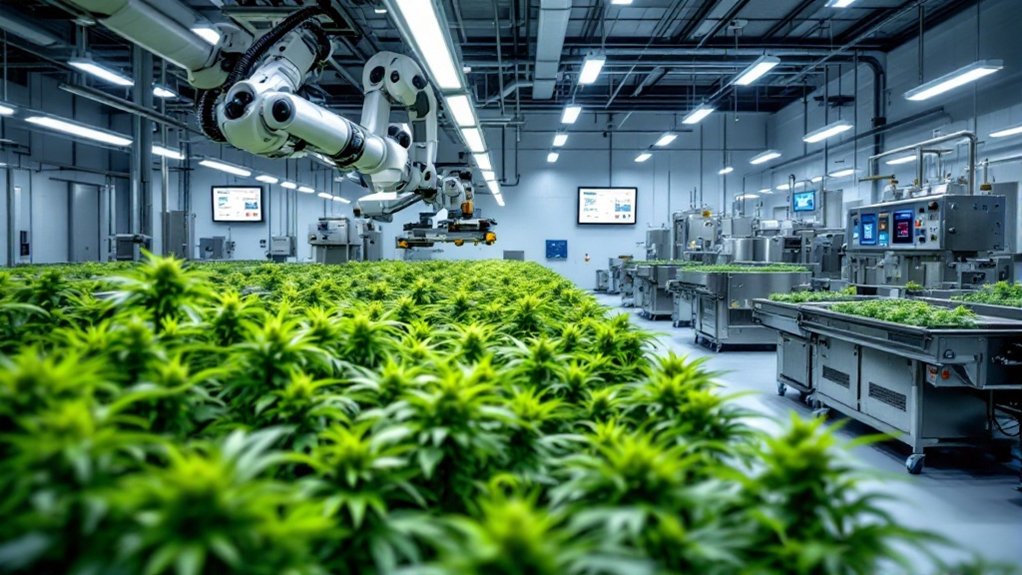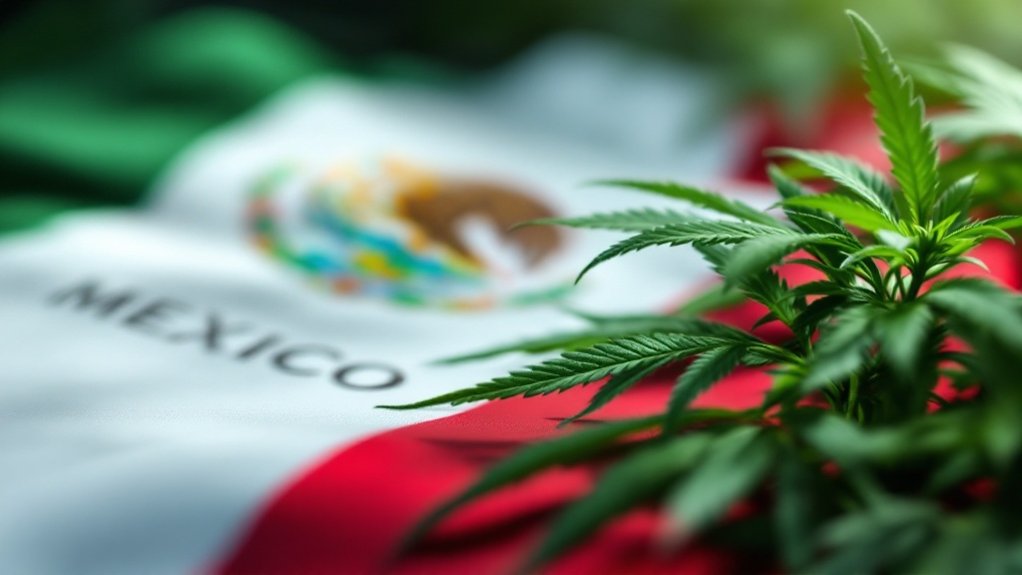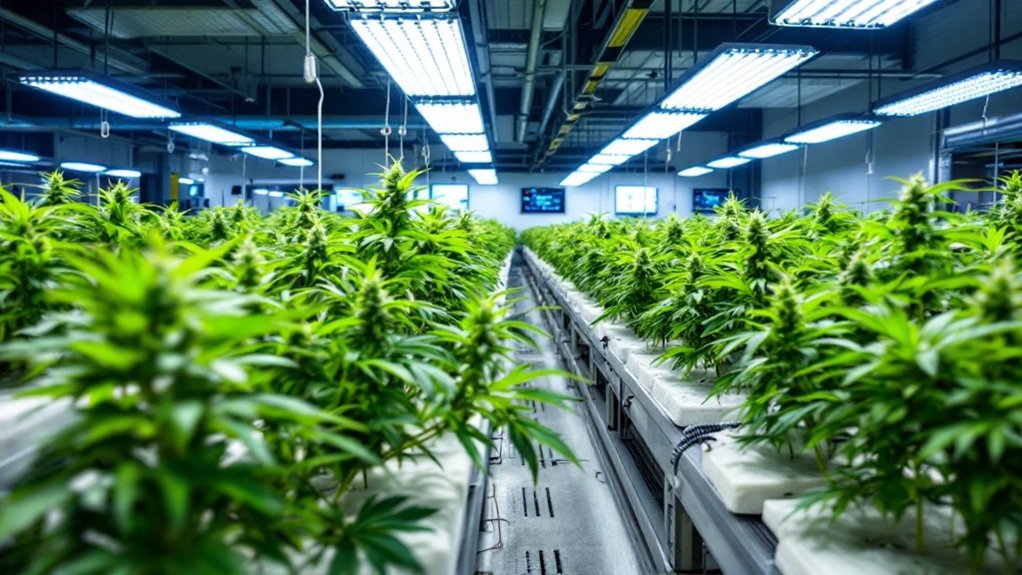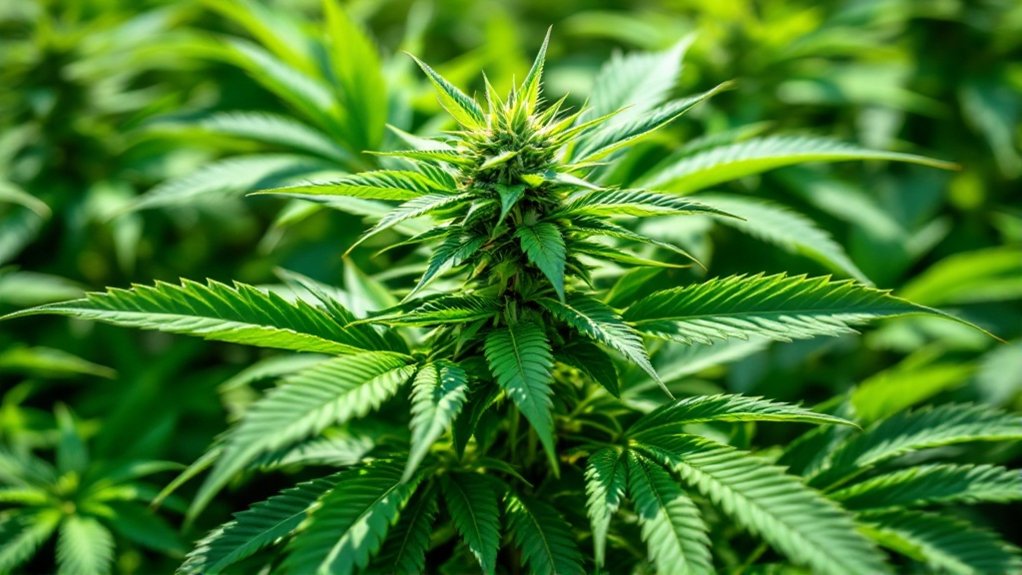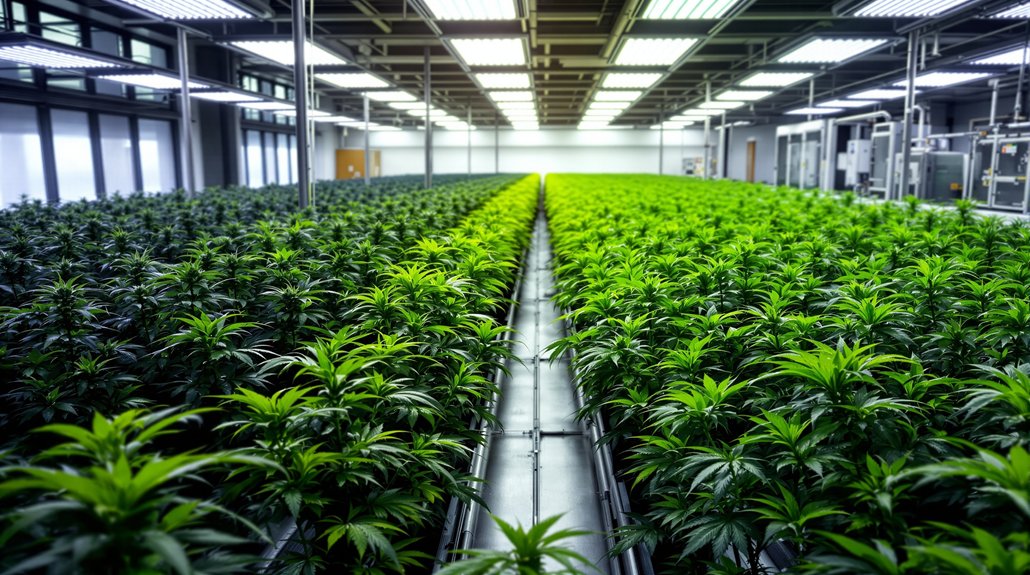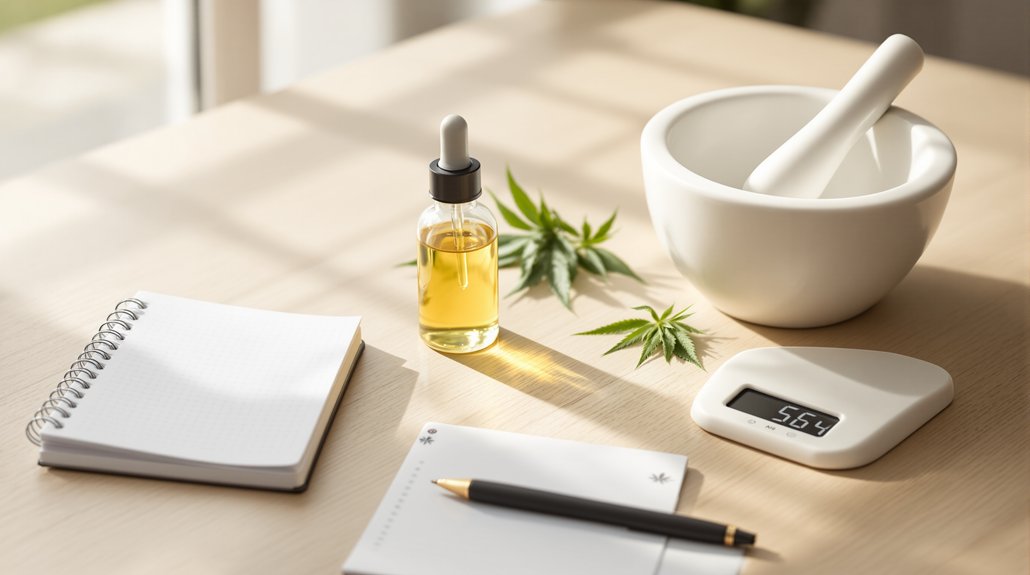The cannabis industry is embracing automation like never before. From cultivation to packaging, specialized equipment streamlines every production stage. Automated irrigation systems maintain perfect growing conditions. Post-harvest, machines like the MBX Bucker strip flowers without damage. Extraction technology guarantees consistent product quality. Even small operations benefit from compact grow boxes and LED lighting systems. Quality control gets a boost from computer vision technology. These innovations cut labor costs and boost throughput, sometimes paying for themselves within months. The green revolution just got more efficient.
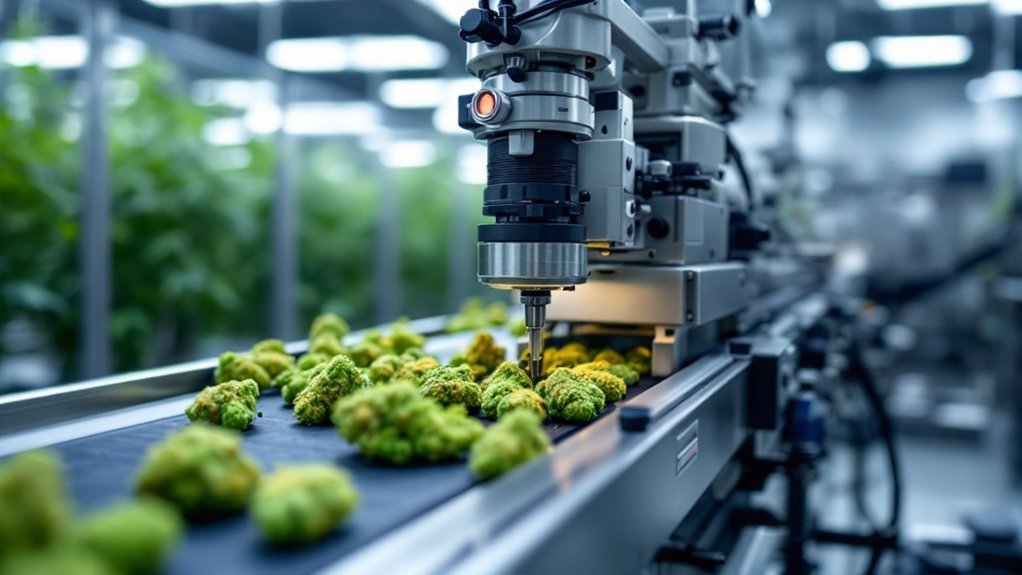
As the cannabis industry establishes deeper roots across legal markets, automation equipment has emerged as the backbone of modern cultivation and processing operations. Gone are the days of trimming buds by hand or manually adjusting climate controls. Today’s cannabis entrepreneurs are investing in tech. Serious tech.
Automated irrigation and climate control systems have revolutionized growing environments. These systems don’t call in sick or forget to water the plants. They maintain perfect temperature, humidity, and lighting without human intervention. These sophisticated systems typically offer a payback period of less than a year for most facilities. Some growers have integrated computer vision systems like Bloom AI that monitor plant health and optimize production. Yeah, cannabis plants are now being watched by artificial intelligence.
Smart farms don’t take sick days – they just keep growing perfect plants while AI watches.
Post-harvest operations have seen similar advancements. MBX Bucker machines strip flowers from stems without damaging the precious buds. M108S Trimmers deliver hand-trim quality without the hand cramps. Sorting machines categorize flowers by size, while conveyor systems move product through the entire process. This suite of equipment offers GMP-ready solutions designed to shield against future regulatory threats. Human hands barely touch the product anymore.
Extraction technology has evolved too. High shear mixers, high-speed dispersers, and multi-shaft mixers handle formulation needs for various cannabis products. Modern seed to sale software integrates with these systems to ensure complete traceability throughout the production process. The M210 Mill grinds flower and trim for extracts and pre-rolls with precision that would make a barista jealous.
Even small-scale operations benefit from automation. Self-contained grow boxes and hydroponic cabinets accelerate growth cycles in spaces smaller than your average closet. LED grow lights mimic natural sunlight throughout each growth stage. Some setups deliver harvests every three months. Efficiency in a box.
Quality control automation guarantees consistency across batches. Computer vision systems inspect products with an attention to detail that would exhaust human inspectors. Packaging solutions from companies like Green Vault Systems handle weighing and container-filling with swiss-watch precision.
The business case for automation is clear. Less labor, fewer errors, consistent quality, and increased throughput. In an industry with razor-thin margins and strict regulations, automation isn’t just nice to have, it’s survival equipment.
Frequently Asked Questions
How Much Does Cannabis Automation Equipment Typically Cost?
Cannabis automation equipment costs vary widely.
Basic packaging machines run $30,000-$75,000, while high-end pre-roll systems demand a hefty $200,000-$300,000.
Climate control? That’s another $10,000-$50,000 per facility.
HVAC automation hits between $25,000-$250,000.
Don’t forget sensors at $5,000-$15,000 per set.
Installation adds 20-30% to base prices.
Monthly operating costs? $1,000-$10,000.
Not cheap, but apparently worth it for scaling operations.
What Training Is Required to Operate Cannabis Automation Systems?
Operating cannabis automation systems requires extensive training tailored to specific equipment. Workers need mechanical skills, knowledge of grinding and sifting processes, cone preparation techniques, and facility with IoT technology.
Staff must understand automated climate controls and fertigation systems too. Companies typically implement mentorship programs, pairing experienced operators with newcomers.
Role-specific training varies, extractors need chemistry knowledge while cultivators require plant biology expertise. Compliance training is mandatory, including state-specific regulations.
Can Automation Equipment Handle Multiple Cannabis Strains Simultaneously?
Modern cannabis automation equipment can handle multiple strains simultaneously. No problem.
The JuanaRoll processes up to 4,000 pre-rolls hourly across different varieties. Fancy AirKush technology uses gentle air puffs, not vibration to preserve each strain’s unique qualities.
Real-time customization adapts to specific strain requirements on the fly. Interchangeable stainless steel faceplates? Yep, they’ve got those too.
Multi-strain processing is standard now. Cannabis tech’s come a long way.
Are Cannabis Automation Systems Compliant With International Regulations?
Cannabis automation systems struggle with international compliance.
The patchwork of regulations across countries creates a regulatory minefield for manufacturers. Some systems integrate with METRC and other tracking platforms, but there’s no one-size-fits-all solution.
Companies must tailor their systems to each jurisdiction’s requirements – a costly headache. What’s compliant in Colorado might be illegal in Germany.
Regulatory differences remain the biggest hurdle for global cannabis automation.
How Quickly Can Automation Equipment Be Integrated Into Existing Operations?
Integration timeframes can vary widely.
Basic systems like lighting automation? Four to eight weeks. Not bad.
But full vertical integration? That’s a six-month to year-long commitment.
The variables matter. Existing infrastructure compatibility, regulatory hoops, staff training all impact timelines.
Size matters too, bigger facilities take longer.
Smart operators start with modular solutions. Phase it in. Less disruption. Smaller upfront costs.
Return on investment typically kicks in after half a year of operation.
